Singapore is a melting pot of unique cultures and though we may all be very different, there is one thing that unites us as a country — our insatiable appetite for all things food. To commemorate Singapore’s UNESCO Heritage hawker culture, Apple teamed up with acclaimed food documentarian and creator of Chef’s Table, David Gelb, to shine a spotlight on our local cuisine featuring everyone’s favourite dish, Chicken Rice.

Shot entirely on the iPhone 13 Pro, Poached is a short film that dives into the intriguing history and fierce competition between two stalls, Tian Tian Hainanese Chicken Rice and Ah Tai Hainanese Chicken Rice, both located at the popular Maxwell Food Centre. The film aims to put a fresh spin on the classic generational conflict of old versus new, which ultimately ends in how Singapore’s love for chicken rice and food, along with its people and their passions, triumphs all.
Check it out:
https://youtu.be/kU9Y2F2TQgE
Ahead of the short film’s release, we also had the opportunity to speak with David Gelb. Read on to find out about his directing experience with the iPhone 13 Pro Max, how he got those unique food shots, and which is his favourite chicken rice stall.
Was the iPhone 13 Pro Max your choice of iPhone for the film?
“Yeah, of course. The iPhone 13 particularly has some features that I was really happy about, specifically the cinematic mode, which is something that really makes it look like a movie. So with that, the macro mode and the low-light capabilities, I thought okay, well, this is a device that is really a step forward and can create an image that looks like the kind of work that I do on my show Chef’s Table or my movie Jiro Dreams of Sushi.”

How long and how many days did it take to create this documentary?
“We were in Singapore for maybe between a week and a half and 2 weeks and spent some time preparing, getting to know the locations, getting to know the people, and kinda digging into the story. And then, we shot for a very focused 4 or 5 days.”
How big was your crew?
“Our crew is similar to the kind of group that we would use when I’m shooting Chef’s Table, so maybe it’s like 10 or a dozen people. We try to keep the crew small because we’re in tight spaces and often times, I was able to just shoot entirely on my own. Some of the shots that I took of food that I was eating during the scout actually makes it into the movie because iPhone has the low-light capability and the image is quite naturally good.”
Did you do a lot of takes with the iPhone or did you have one-shot wonders?
“It’s funny because you’ll notice that there’s a lot of sauce. One of the things I love about Chicken Rice is how you can customise it. You can put in your favourite amount of chilli, you can put in your favourite kind of brown sauce or whatever it is that you want; the dark sauce and things like that. And so, sometimes you’ll nail it on the first one when you’re getting a really tight macro shot and you want to make the sauce kind of drizzle on in the perfect way, and sometimes you just cannot get it so it’s random.”

“The cool thing about shooting on cinematic mode is that you know that it’s going to be in focus because with the cinematic mode you can have a very shallow depth of field, where a specific thing looks like it is in focus, but then you are still able to adjust it in post-production. So that kind of helps and we know like it’s okay; we know that take can work and we can make the adjustment. So, sometimes it’s perfect — one-take perfect — and sometimes it takes a little while.”
Back to cinematic mode, you mentioned the shallow depth of field and being sure that it is always in focus; do you manually select the focus point or do you just let the phone do it for you?
“It’s a combination. So, iPhone is designed to be able to, in cinematic mode, recognise if the focus should shift. I think that’s quite a useful thing because you can kinda hit that timing in a perfect way. It looks for faces in a crowd and then it’s able to say okay, this person is turning towards the camera, let’s rack the focus to that person.”

“But then, in post-production, you are able to make an adjustment yourself. Maybe you didn’t want to do that but you still have the ability to change it. So, we have many choices — we are able to lock the focus where we want it, we’re able to let the AI of iPhone do the work for us sometimes — so different situations call for different usage.”
Did you do any video editing on the iPhone itself or perhaps on an iPad?
“We didn’t. We used other Apple products throughout the entire process in our edit. However, we decided to do everything the same as we do on Chef’s Table basically, except with iPhone. So, our editing process was quite the same. We used iPads often for monitoring and we even used our Apple Watch sometimes to monitor because you are able to use Apple Watch as a screen to see what the phone is seeing.”

“Sometimes when we put the iPhone in a strange or kind of a tight place, we may not be able to see the screen or monitor, so we are able to use the Apple Watch to see what the iPhone sees, which is kind of a cool usage of the tool. But, we did a fully professional post workflow using iPhone instead of a conventional camera and it worked really well.”
When you were filming on the iPhone, did you use the native iPhone camera app or did you download other additional apps to use?
“We decided that we wanted to keep the iPhone kind of as naked and as natural as possible so I didn’t want to put any lens attachments to it. I wanted to use the natural lenses of the iPhone and really show what it can do. So, we used the native cinematic mode, which can only be done using the native camera app, and that was what the vast majority of it was. While Cinematic Mode is so useful in many ways, it does not shoot in slow-motion so for certain slow-motion shots, we used FiLMic Pro, which I find is a good way to control the shutter speed.”

“When we’re shooting slow-mo, because of the different types of lights, where every single different hawker stall has its own kind of lighting that is on its own circuit, it’s quite challenging sometimes as we needed to control the shutter speed so that the lights don’t flicker so much. For that, we had to use FiLMic Pro. But, I would say that 80% of it was shot on the native camera app and 100% of it was shot on the iPhone.”
What was the frame rate when you used FiLMic Pro?
“Well, I think it’s really about controlling the shutter speed so it really depends. I can’t say a specific number but I think it was like if we’re in this area, we just kinda fiddled with it and tried different things until we find that it’s okay and it looks right.”
There was a lot of steam while shooting some of the food. Did that fog up the lens?
“It depends. When we put the camera — and that’s one of the cool things about iPhone where we can really just put it in anything — very close to the flame, we had a protective glass so you could see the ignition of the fire. We edit around the part where it gets very foggy but if you take a phone, or any kind of camera and you put it inside of a giant vat of rice, there is going to be some steam. But, we were able to find angles and ways to avoid the lens being fogged up, which really wasn’t much of a problem.”
Let’s rewind back to putting a glass in front of the fire. We thought it was zoomed in on that particular shot, but that was a glass?
“Yeah, we were taking advantage of the size where we’re in the kitchen of Tian Tian and they have these giant vats where they make the broth that they poach the chicken in. They have these big burners too so we were able to kind of wedge the iPhone very close to the burner. We put a protective glass in front of it just to make sure nothing gets damaged and we were also able to kind of put the camera in places where you wouldn’t be able to put a big camera, and that’s kind of one of the advantages of using the iPhone.”

“We were also able to shoot in slow motion and because of the low-light capability, we didn’t need to pump so much light in so we were able to get like a very cool effect of the flame kinda flickering on and then spreading throughout the burner, and I love that kind of shot.”
Did you drop the phone at all anytime during the shoot?
“Oh, sure. I mean, we don’t put that on camera but the phone is durable so no phones got cracked. We could put a disclaimer, ‘No iPhones were injured in the making of this film’ if we wanted to, but they hold together very nicely. We have a very professional grip team too so when we’re clamping the iPhone, we’re attaching it to a tray, we’re attaching it to a knife, we’re attaching it to the ceiling, so we make sure that it is very secure for the safety of the phone, and for the safety of the people because we don’t want any phones falling on people.”
Final question and this is a tough one — which chicken rice did you prefer in the end?
“Uh, no comment — no, I’m kidding — it’s the hardest question to ask and it’s like when people ask who’s your favourite chef’s table chef, or where’s your favourite food city. You can’t really say because when you dig deep into it you find the merits in both of them. This is a film that we were excited to make because of the characters and the passion that they have to make something that is very similar — almost the same thing — but with a very different approach, kind of philosophically.”

“For a novice like me coming from the outside, the differences are quite subtle between the two chicken rice stalls. I found that there may be a certain sort of leanness to the Tian Tian whereas the Ah Tai is a bit more fatty and kind of decadent in that way. So, maybe Ah Tai is something that I eat a little bit more once in a while, and Tian Tian could be more of a go-to if I was living in Singapore. But, as we say in the film, we leave it to the audience to decide and that’s one of the coolest things about the Hawker centres. You’ll find similar dishes done in slightly different ways and so you can really find the one that’s perfect to your tastes and I really love that.”
check out the behind the scenes footage of Poached below.
.
https://youtu.be/YnBAxN8Nmhs
Poached premieres here on Apple Singapore’s YouTube page on 25 April 2022. For more information on the Apple iPhone 13 Pro Max, click here.
All images courtesy of Apple Singapore.

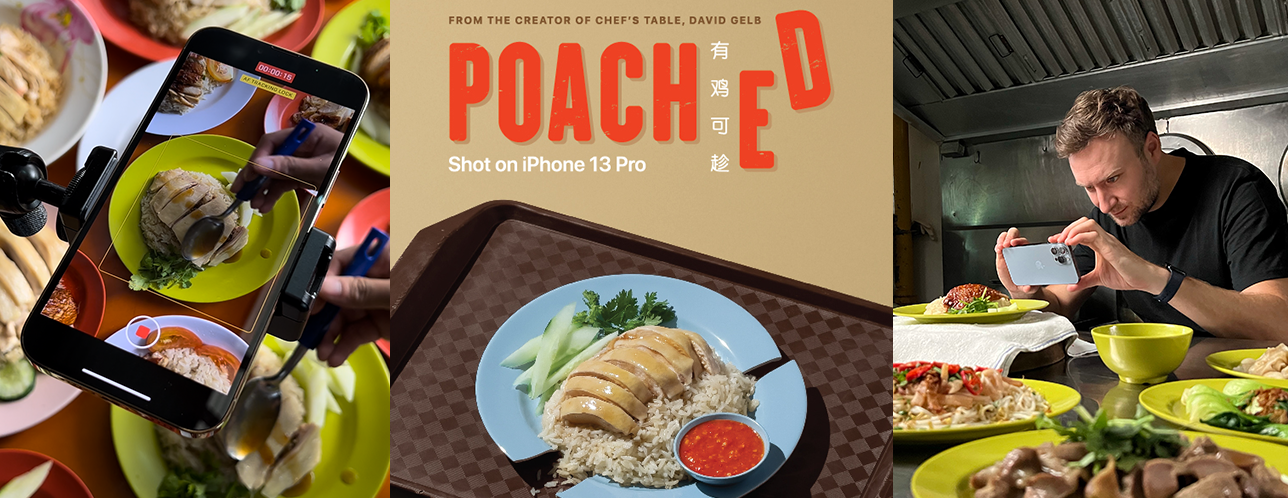
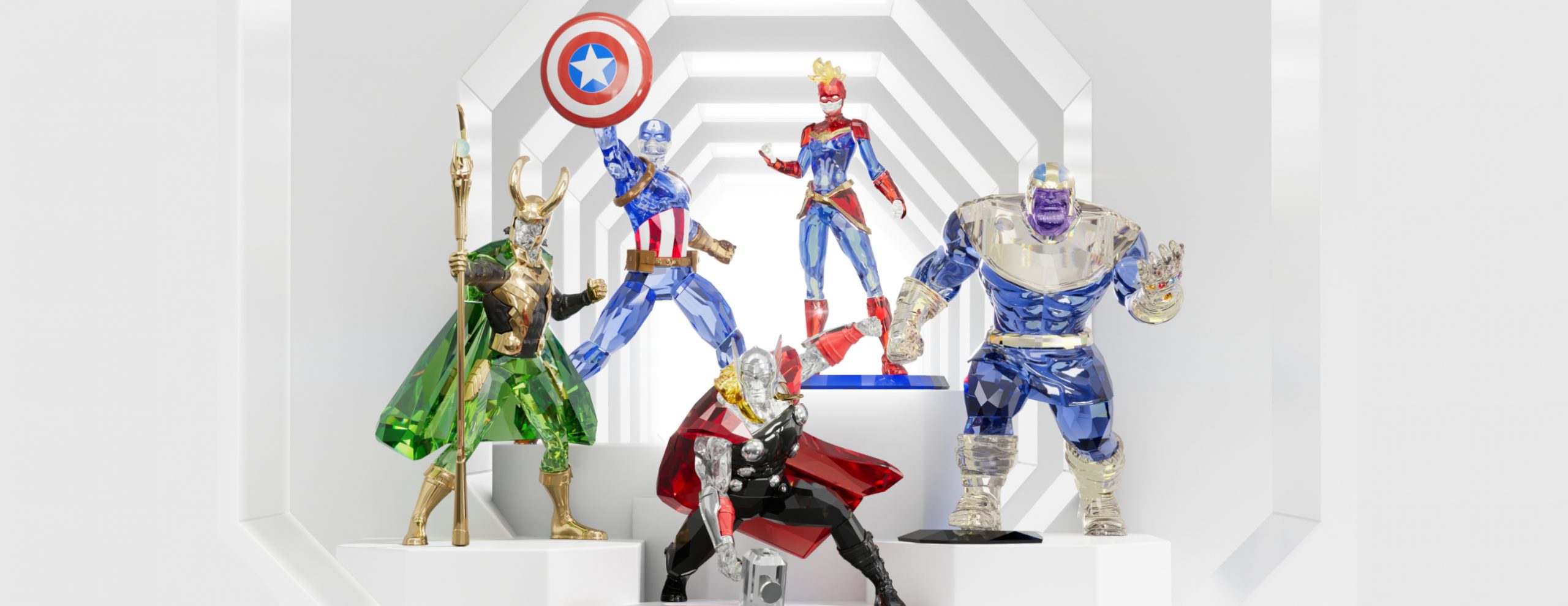

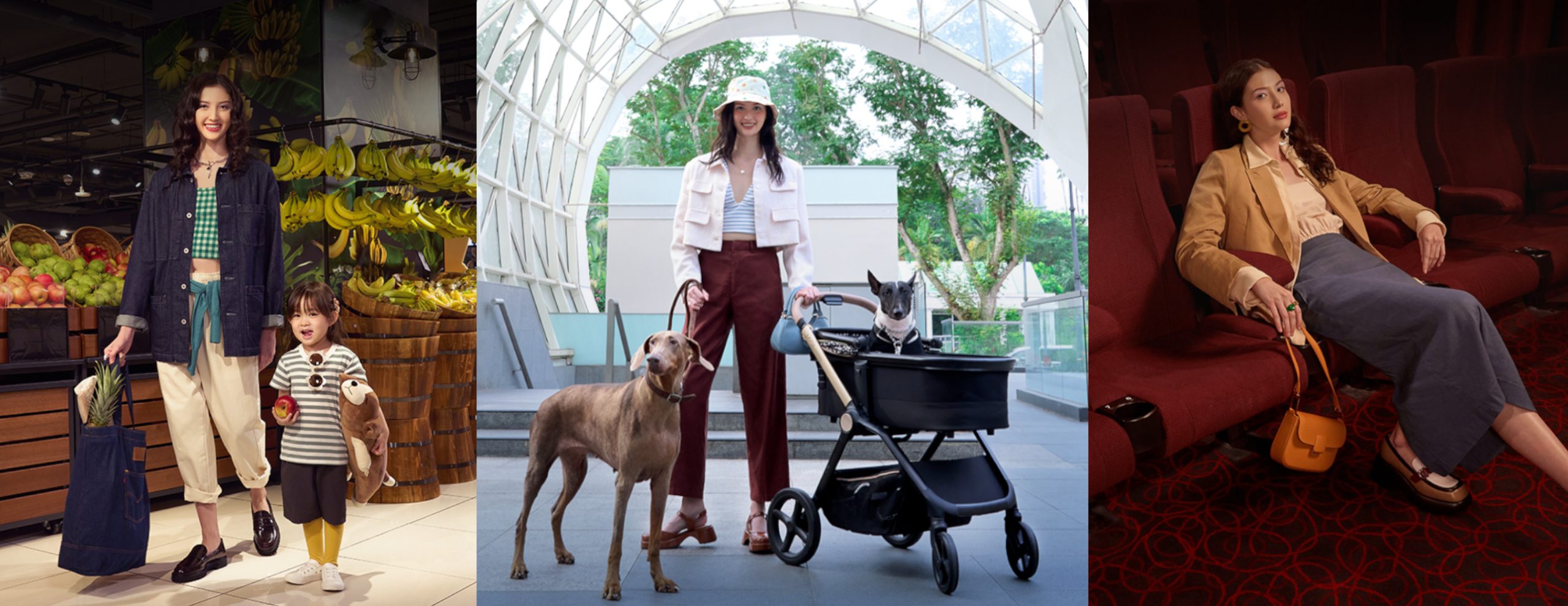
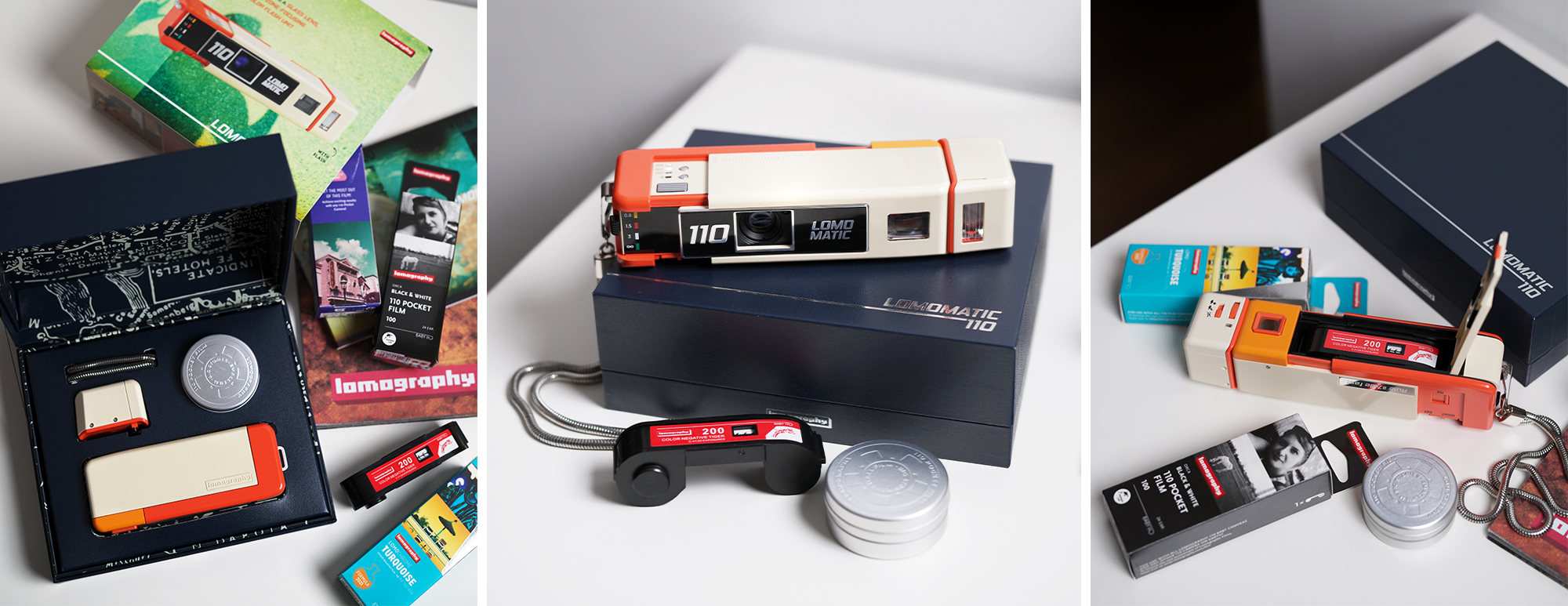



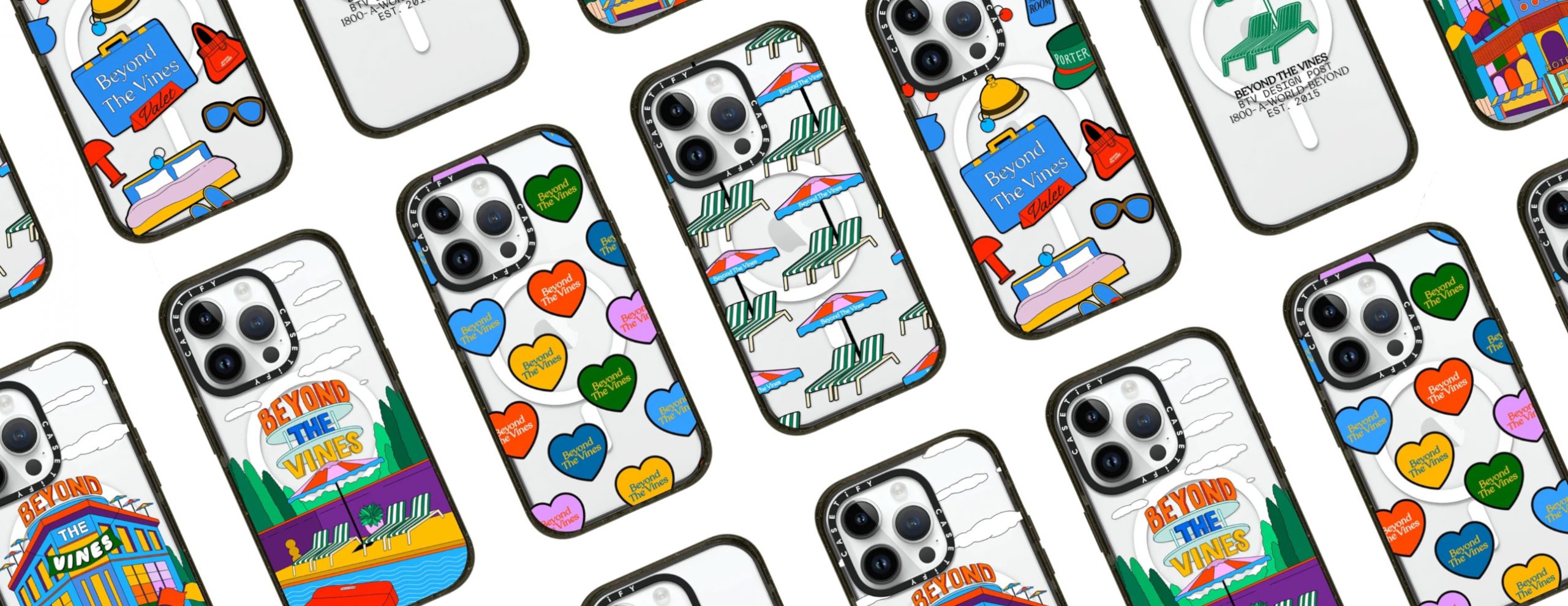

You must be logged in to post a comment.